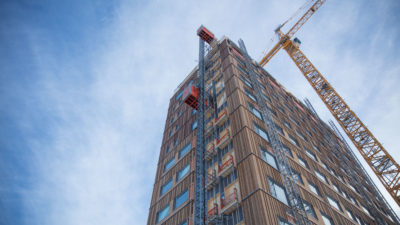The UN climate science panel has released its summary of the evidence around the tougher climate goal demanded by vulnerable countries. We break it down

For some people difference from 1.5C and 2C could be their country. Photo by: Unknown
The UN published a summary on the science of 1.5C global warming on Monday. It’s a big deal.
This is the first time the Intergovernmental Panel on Climate Change (IPCC) has gathered evidence on the tougher target demanded by countries on the front line of climate impacts.
It validates their concerns, showing that the difference between 1.5C and 2C — the upper limit governments committed to in the Paris Agreement — is critical to millions of people’s homes, jobs and lives.
As to whether it is feasible to halt the temperature rise at 1.5C above pre-industrial levels, the report has no easy answers. What it does is elucidate the options.
The result of writing by committee is a somewhat dense and technical document. Here is our breakdown of the key messages and omissions, and their political significance.
We have followed the structure of the IPCC report, in four sections.

